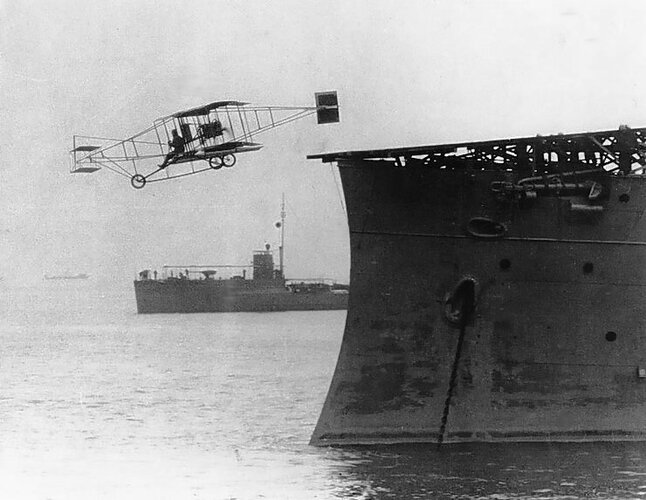Lots of bombardment was done with 8 inch rounds. Medium caliber HC was more efficient (i.e. kills per ton thrown) than bigger stuff for killing soft targets such as aircraft/personnel/support equipment, less so for hard targets such as runways and AA emplacements. But the point here is not that.
8 inch guns...actually, any caliber above 5 inch...were ineffective as WWII AA, notwithstanding that they could fire shells that were capable of bringing down aircraft. Many guns of smaller caliber than 5 inch were ineffective as well. The technical issues were their maximum train/elevation rates, and their maximum elevation angle. AA guns that couldn't track the computed aim point for fast moving aircraft, and/or elevate to a high enough angle, were basically useless against that aircraft type once the enemy recognized the guns' limitations and adapted their attack trajectories to suit. Guns that were thought by surface-experienced admirals in the 1930s to offer good dual-purpose potential, quickly lost that potential as aircraft performance rapidly increased from the latter 1930s through the war years.
AA guns had to offer near-90-degree elevation, and high speed train and elevation, to be effective against 1941-1942 dive bombers and fighter-bombers utilizing high-speed attack trajectories. For the classic US 5 inch L/25, generally considered to be a pretty effective early war dual purpose gun, maximum elevation rate under local control (i.e. not limited by parameters of an RPC system) was 33 degrees/second. Maximum train rate was 22 degrees/second. Maximum elevation was 85 degrees. The classic US 5 inch L/38 was similar...same maximum elevation, a little less maximum elevation rate, a little more maximum train rate. OTOH, for the 8 inch L/55 Mark 16, maximum elevation rate was 8.2 degrees/second. Maximum train rate was 5 degrees/second. Maximum elevation was 41 degrees.



